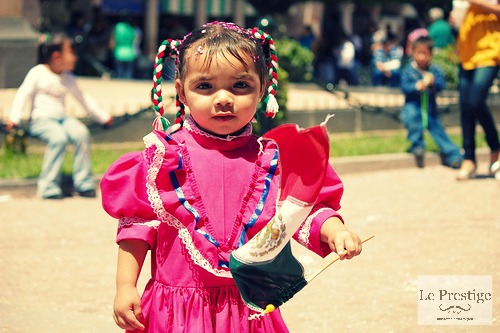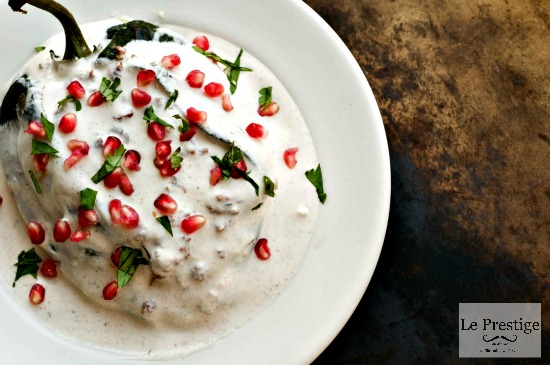Society Reporter
In the early hours of September 16th, 1810, Miguel Hidalgo y Costilla, a priest in the small town of Dolores, Guanajuato, rang the church bell to gather the townspeople. He called for the people of Mexico to rise up against the Spanish Crown, thus initiating Mexico's War of Independence.
Spain ruled Mexico for 3 whole centuries, spreading diseases and creating rigid racial hierarchies that facilitated the attempted annihilation of the indigenous population. While a diverse array of architecture - modeling styles of Baroque Spain - and culture flourished during this time frame, wealth and opportunities were limited to the ruling class: the Spaniards and peninsulares (Europeans of predominantly Spanish and Portuguese ancestry living in the "New World"). During the years that led to Mexican independence, many found themselves devoted to ending foreign rule on Mexican land. Many contributed to the independence movement by providing sons to fight the great battles, donating homes to house wounded families, and providing a safe haven for women and children during.
The country did not achieve independence until 1821, but it is this event, known as the Grito de Dolores which is commemorated every year in town squares across Mexico, the United States, and everywhere with a passionate Mexican population.
The largest Independence Day celebration takes place in Mexico City's Zocalo, which is decorated from the beginning of September with red, white and green lights and Mexican flags. On the 15th, at 11pm the President of Mexico - currently Enrique Peña Nieto - goes out onto the central balcony of the Palacio Nacional (National Palace), rings the bell (the same bell Hidalgo rang in 1810, brought to Mexico City in 1886) and cries to the people gathered in the square below, who enthusiastically respond "¡Viva!"
The words of the Grito may vary, but they go something like this:
¡Vivan los heroes que nos dieron patria! ¡Viva!
¡Viva Hidalgo! ¡Viva!
¡Viva Morelos! ¡Viva!
¡Viva Josefa Ortiz de Dominguez! ¡Viva!
¡Viva Allende! ¡Viva!
¡Vivan Aldama y Matamoros! ¡Viva!
¡Viva nuestra independencia! ¡Viva!
¡Viva Mexico! ¡Viva!
¡Viva Mexico! ¡Viva!
¡Viva Mexico! ¡Viva!
The names mentioned are the founding figures of modern Mexico - those that helped pave the way for future generations free of formal colonial rule. At the end of the third ¡Viva Mexico! the crowd goes wild waving flags, ringing noisemakers and spraying foam. Then fireworks light up the sky as the crowd cheers, and later the Mexican national anthem is sung.
Like most festivities, certain foods are considered representative of Independence Day. A favorite is pozole, a soup made of hominy and pork. Other foods have the colors of the Mexican flag - red white and green, like chiles en nogada, traditional Poblano-style peppers stuffed with pomegranates and adorned with a sweet cream sauce.
And of course, it just wouldn't be a party without plenty of mezcal and tequila! Mexican Independence not only paved the way for Mexico’s self-determination, it also paved the way for an annual reventón (awesome party) of epic proportions. In essence, it’s really the gift that keeps on giving.
Most Mexicans and Mexican Americans celebrate by gathering the 4 Fs: family, friends, food, and fun. Many folks like to use the word convivir, a Spanish verb roughly translated as "the essence of placing your heart and mind with those you care about", to describe the manner in which the holiday is traditionally celebrated. The Mexican people are a fun-loving, hard-working group of folks that appreciate the joys of strong family unity, respect the importance of friendships, indulge in life's treats - such as sopes, tostadas, enchiladas, and guacamole, and fundamentally know how to have a good time.
On Mexican Independence day, do as the Mexicans do: eat, celebrate, drink (in moderation), and convive with those close to you - whether at home or at a chic tequila lounge.




 RSS Feed
RSS Feed

